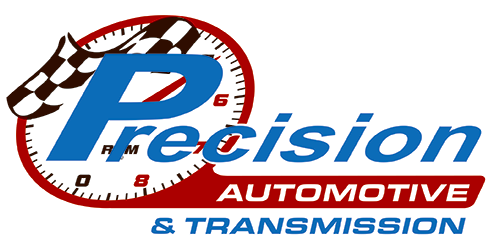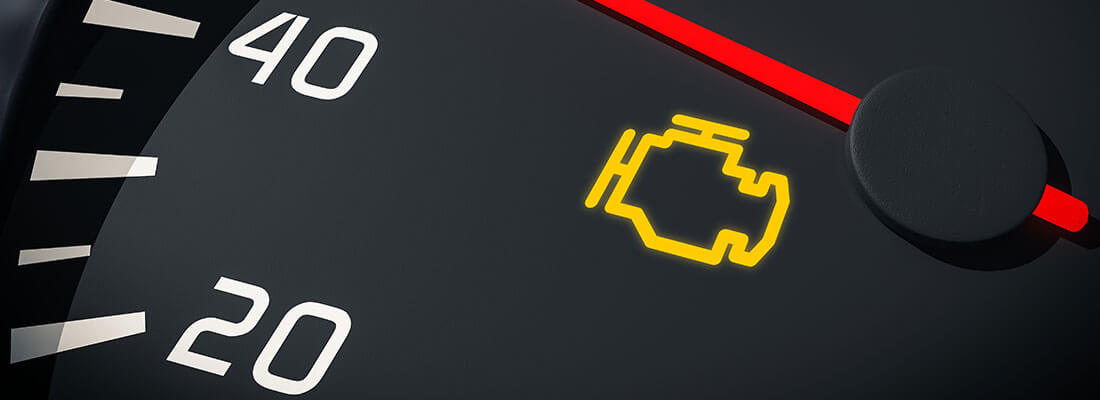Dashboard Warning Lights: Does “check engine” really mean check?
It’s 7:00 a.m. and you get in your car to go to work. You put the key in the ignition, turn it, and just before the engines starts, every warning light on the dashboard lights up. What do you do?
A. Panic & rush to the nearest auto service center.
B. Immediately put your car up for sale on Craig’s List.
C. Start the car & begin your trip.
The answer is C. Start the car and begin your trip. “Every time you start your car, the dashboard warning lights illuminate as a self-test,” explains automotive authority Joel Burrows, a.k.a. ‘The Car Doctor’ and VP of Training/R&D at Precision Tune Auto Care. Vehicles have always had some type of dashboard alert system, but this has significantly evolved in today’s vehicles.
You’ve been traveling for hours and the “check engine” light comes on. What do you do?
A. Take your car into a service center for diagnostic service.
B. Continue driving until another warning light comes on.
C. Turn the car off for five minutes & hope it goes away.
The answer is A. Take your car to a professional automotive service facility. Thanks to advancements from the 1988 OBDI to the 1996 federal regulations of OBDII, U.S. vehicle manufacturers have been pushed toward a standardized check engine light, the more commonly illuminated light. “All vehicles manufactured in the U.S. in 1996 were mandated to adapt to a standardized diagnostic software operating system,” notes Burrows, “forcing check engine lights to communicate in a more consistent way.” He equates this evolution to that of software upgrades, for example, going from Windows 2000 to XP or Vista. “If one of the dash lights stays on after you start the vehicle, it does indicate a specific issue that needs attention,” says Burrows.
Specifically, when the “check engine” light stays on, it is important for the driving public to better understand its message. The check engine light indicates a malfunction has been detected by the onboard computer control system, which primarily affects emissions and the performance of the vehicle. “Without actually checking the car, it would be inappropriate to attempt to determine the problem,” explains Burrows. “It could be a loose gas cap, malfunctioning sensor(s) or even a more serious problem.” To determine what system has set off a check engine light, any service provider must perform a computerized Scan Test procedure. “Basically, we use computerized equipment to pull stored diagnostic trouble codes from your vehicle’s on-board computer, which tell us the systems involved in turning on your check engine light. Then we know the require diagnostic process to locate the problem and can effectively explain the repair procedure to the vehicle owner.” Now how would you do on the next question?
You’ve been traveling for hours and all dash lights stay off. What do you do?
A. Take your car into a service center for diagnostic service.
B. Continue driving until a warning light does come on.
C. Sit back & enjoy the ride.
The answer is C. Sit back and enjoy the ride. It is empowering for drivers to understand the warning light icons and colors to insure a relaxing, safe and reliable driving experience. The Car Doctor recommends that you take a few minutes to review your owner’s manual about your dashboard warning lights.
Sitting in the driver’s seat, gently turn your key in the ignition until your dashboard warning lights come on. Do not start the car. Look at all the icons and symbols and reference them to your owner’s manual. They will match. Depending on the make and model of your vehicle, the icons vary in number, appearance, color and size. “In some vehicles, the lights are designed to progressively communicate with you from green to yellow to red. Familiarizing yourself with their location, meaning and significance could be of vital help in times of an emergency,” says Burrows.
Keep in mind that the warning lights are not a fail-safe for ensuring a reliable vehicle. “Regularly scheduled maintenance is the key to keeping your dashboard warning lights off,” explains The Car Doctor. “Your owner’s manual should have a check list of maintenance tasks you need to follow, by month and/or miles driven. Developing a relationship with a certified auto technician and regular visits to an auto maintenance facility is the best way to keep the warning lights off, so you can keep your eyes on the road.”

